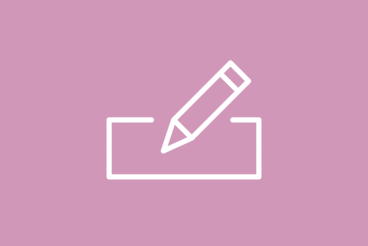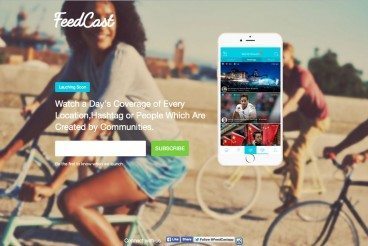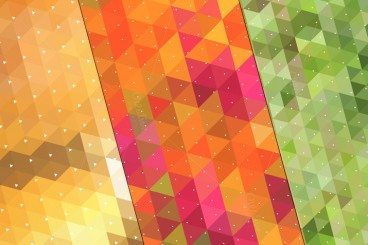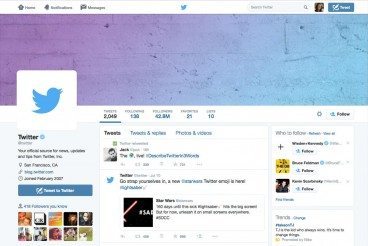
Graphics / 10 Dec 2015
How to Use the Pantone Color of the Year in Design Projects
So Pantone threw us a curveball this year and announced a pair of colors as the “Color of the Year” for 2016. To create the actual hue, Pantone is blending Rose Quartz and Serenity.
This pairing of soft colors will likely be one of the color trends of the coming year. As with previous Pantone selections, the colors often become a staple in design, fashion and other projects. Pastels can be a little uncomfortable to work with for some designers. But today we’re going to take a look at ways you can make the most of these colors in your design projects.










